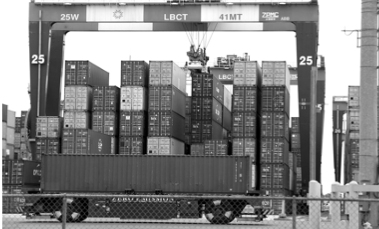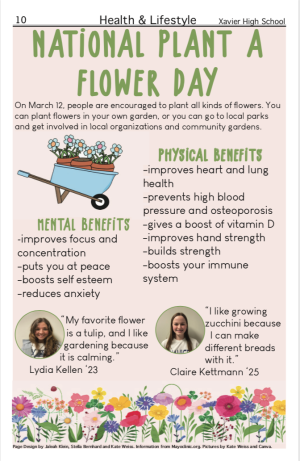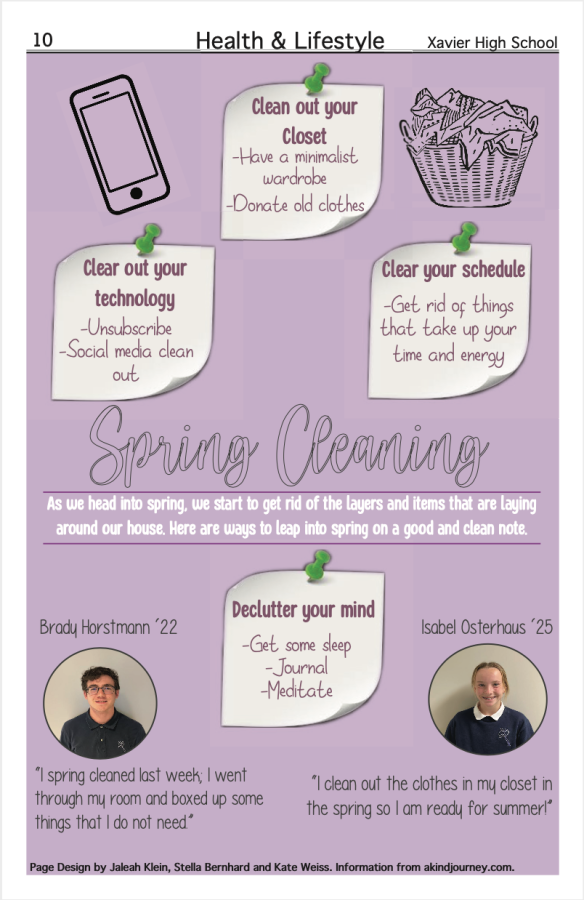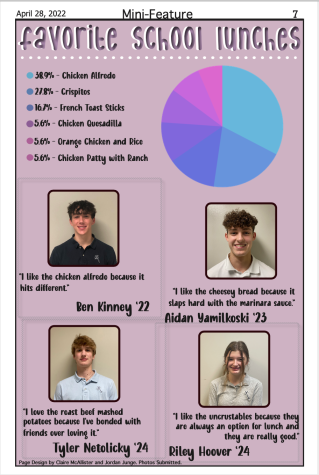Not your average Christmas stocking
November 4, 2021

Struggling to find products on shelves? There is a reason behind this and it is much larger than on the local level. Companies all over the globe are scrambling to get products to their end destination.In early 2020, COVID-19 cases were on the rise and, because of this, factories in China had to close down production. This alone caused various problems because they are the top manufacturer of goods in the world. Due to the low amount of products being produced, shipping companies reduced their schedule under the understanding that there would be a lower demand for goods. This was not the case. Factories reopened one at a time, which proved to be difficult because, for example, if factories in China were ready to produce a product, they may still need a piece used to create that good to be imported from an outside country. Factories were still working to catch up from these shortages in early 2020.Once the product manufacturing got back on schedule, now it was the raw materials like cardboard, paper and plastic that were low in supply. Materials like these are what online companies, like Amazon, need in order to succeed and send packages out. Ms. Gineal Schrunk, an economics teacher at Xavier has noticed a difference in supply’s in stores. “I have noticed the impact of the ‘supply chain crunch’ in small ways. I am finding more often that what I want to buy will be out of stock or back-ordered online. The shelves in stores are far from empty, but I am used to having a lot of different options when I shop, so when a specific brand isn’t available I notice,” Schrunk said. Last year’s pandemic is still affecting production lines even today. Right now shipment vessels are backed up so sometimes products are in warehouses collecting dust, waiting for a ship. Shipping would come into ports, but because there were so many of them, over a dozen ships had to wait at sea for multiple days for an opportunity to load and unload product. Backups like these have made the shipping costs skyrocket. According to BBC, a shipping vessel heading from Asia to the United States usually takes around 20 days, with this port back up it is now taking up to 70 days. The United States Postal Service (USPS) has also experienced delays. In order to cut costs over the span of 10 years, they are slowing their deliveries down. This is expected to affect first- class mail the most. Instead of the speedy estimated 1-3 days, first class mail will now take 1-5 day to be delivered to a house. For a large majority of their existence, USPS has relied on planes to deliver the mail to cities but it has proved to be expensive and too weather reliant. The postal service plans on reducing the amount of mail delivered by planes from 20% to now 15%. It seems that no matter what form of shipping companies choose to use, there are always backups and delays. With Christmas in the coming months, the public hopes these delays will not impact the holiday. Professor Christopher Tang from the University Los Angeles has a few words to say about the situation. “Currently, many ocean carriers are carrying holiday merchandise . . . billion dollars of Christmas decorations such as artificial Christmas trees and Christmas lights,” Tang said. The shortage of products although maybe not as drastic, could go into 2022. This holiday season, get into the Christmas spirit early by ordering gifts now.



